Morning Walk on 6/3/23
The morning of June 3rd, 2023 was dedicated to a walk around the ranch. As I walked out the front door, I was immediately greeted by a Scissor-tailed Flycatcher perched on the yard's fence (1). This morning I decided to take the back gate and explore the backside of the property. Just behind the yard was a Bordered Patch perched upon the growing grass (2). As I walked further out into the field, I came across another Scissor-tailed Flycatcher perched on a dead branch. Walking further led me to the pond, where a Red-eared slider peeked (4).
(1) Scissor-tailed Flycatcher
(2) Bordered Patch
Past the pond, within a patch of honey mesquite trees where a flock of four Bewick's Wrens hopping from branch to branch (4) (5). This patch also housed some insects, two Common Whitetails (6) and a Checkered Skipper (7). Within the branches I heard a Northern Cardinal sing.
(6) Common Whitetail
(7) White or Common Checkered Skipper Out of the patch and into the open I would come across another Bewick's Wren. However, my next two sightings would be the most exciting, two species I had never seen before. My first lifer was a pair of Verdins perched in a brasil shrub near the other wren (8). Such striking and unique birds! I watched them for a few minutes before the flew off together. Soon after I snapped a picture of what I thought was a Northern Mockingbird, however, when reviewing the photos I realized it was a species of Trasher. With the help of my field guides and a kind iNaturalist user, we were able to ID it as a Long-billed Trasher (9). I had a seen a Curve-billed Trasher two years back, but this new Trasher species was a lifer for me. Excited, I pushed forward to observe the other pond, seeing two Northern Mockingbirds and a Variegated Fritillary (10) along the way.
(8) Verdin
(9) Long-billed Trasher
(10) Variegated Fritillary
(9) Long-billed Trasher
(10) Variegated Fritillary
I arrived at the pond. It was full of life, as always. Perched on dead trees were three Neotropic Cormorants and a Red-eared Slider (11). In the trees above was a flock of Great-tailed Grackles making a commotion (12). Also in the trees was a Carolina Chickadee (13) and a Black-crested Titmouse (14). All these species come to the pond to perch on the surrounding trees, dead or alive. Further from the pond, but still perched on a tree, was a Northern Cardinal (15). This male made this dead tree his stage where he can sing.
(11) Neotropic Cormorants, Red-eared Slider
(12) Great-tailed Grackle
(13) Carolina Chickadee
(14) Black-crested Titmouse
(15) Northern Cardinal
(12) Great-tailed Grackle
(13) Carolina Chickadee
(14) Black-crested Titmouse
(15) Northern Cardinal
As I head back inside, I see a few more species who call the pond home. On a log sat a small Red-eared Slider basking in the sun (16). Close by was another small Red-eared slider floating in the water (17). Also in the water was an American Bullfrog who was sitting very still (18). These aquatic species make the pond their home where they spend most of their morning in or around the water. Away from the water were a few Bordered Patch butterflies on the ground (19). They remained quite still except the occasional flutter to a new spot.
(16) Red-eared Slider
(19) Bordered Patch
What I thought would be an ordinary morning walk would turn out to be a far more special walk. Alongside common species, I observed two amazing lifers, a Long-billed Trasher and two Verdins. Both such unique and beautiful birds. What luck to see two lifers back to back! A reminder to always expect the unexpected on my walks. I look forward to the future walks I will embark on and what species I may see.
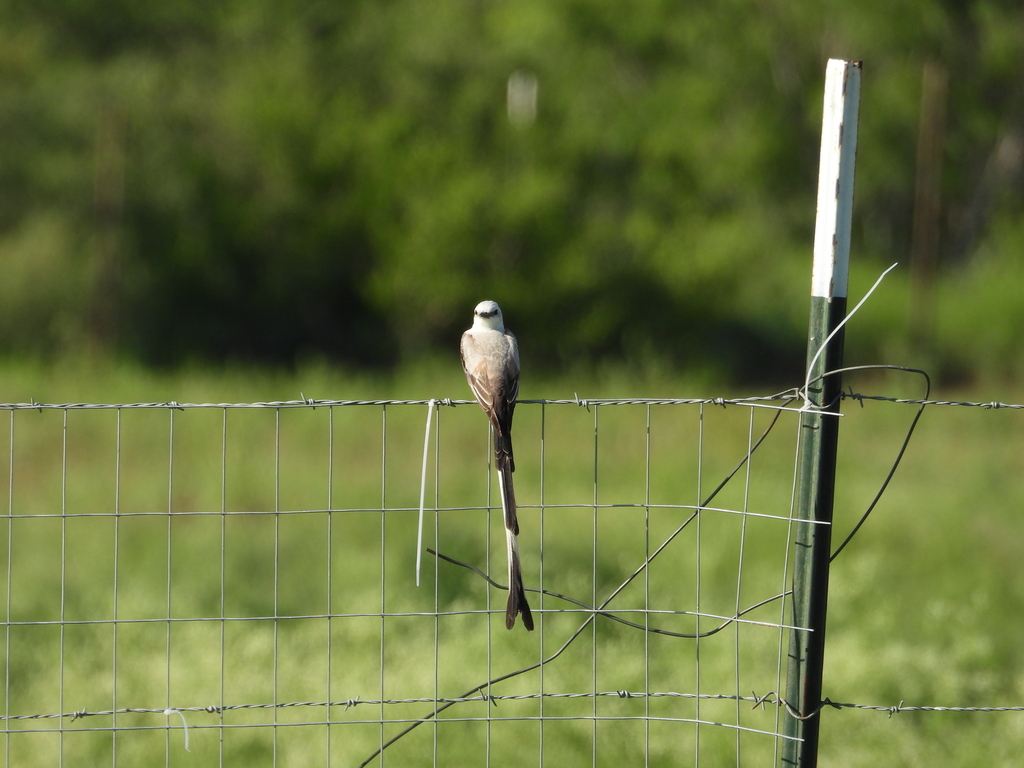
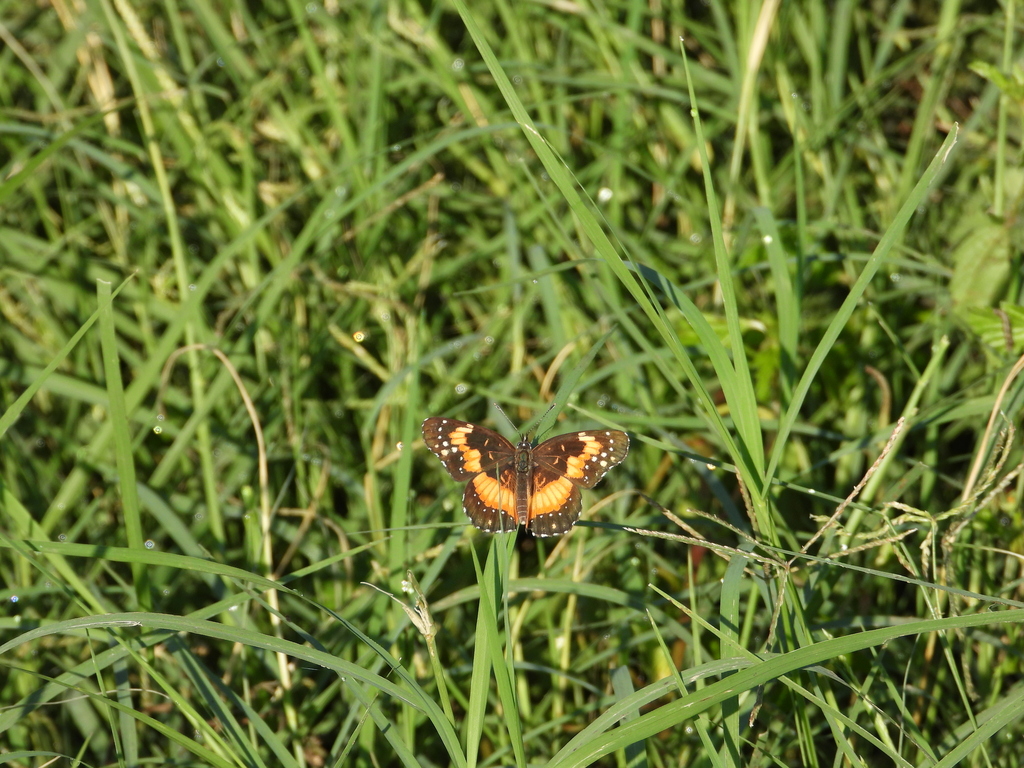



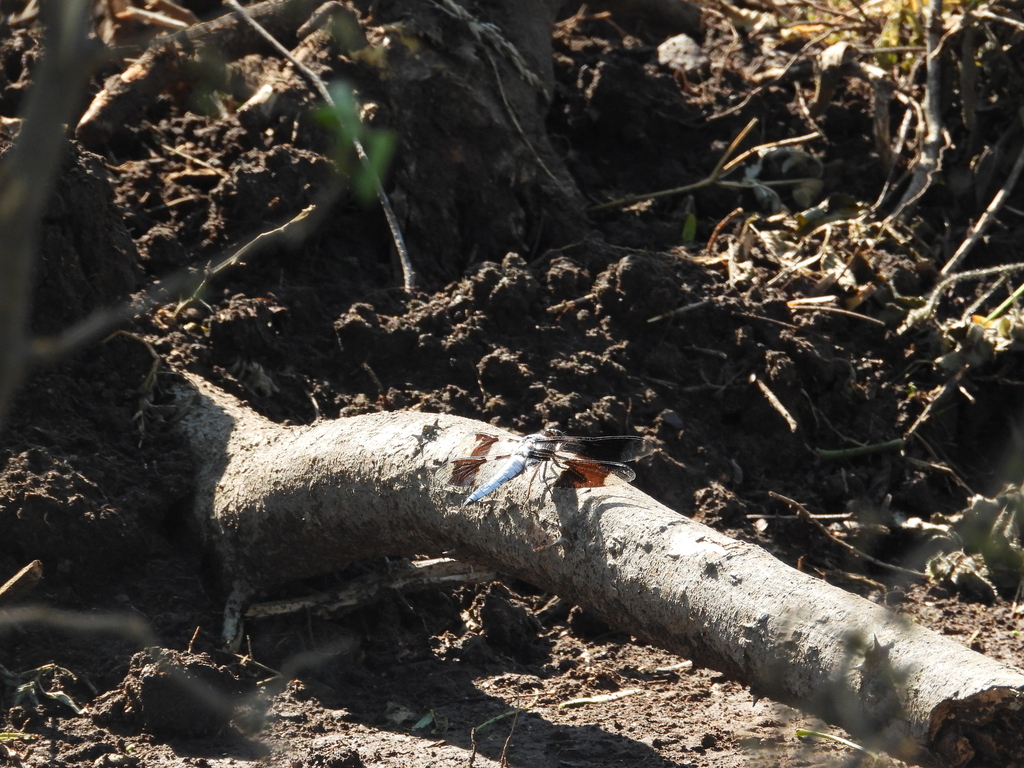




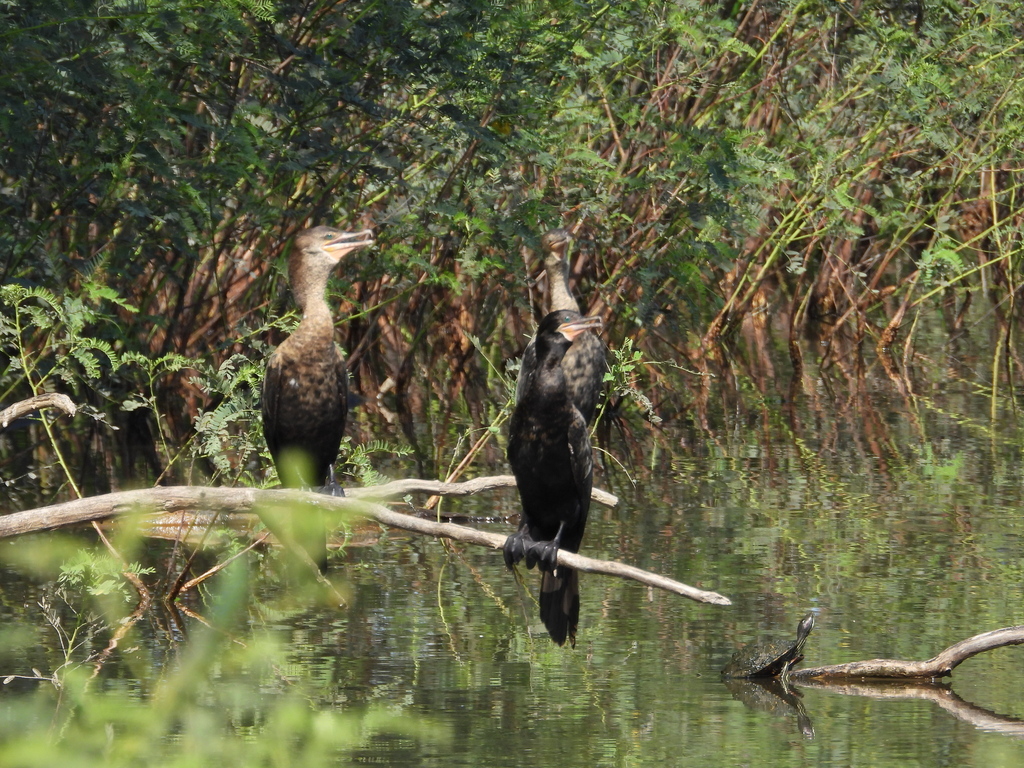



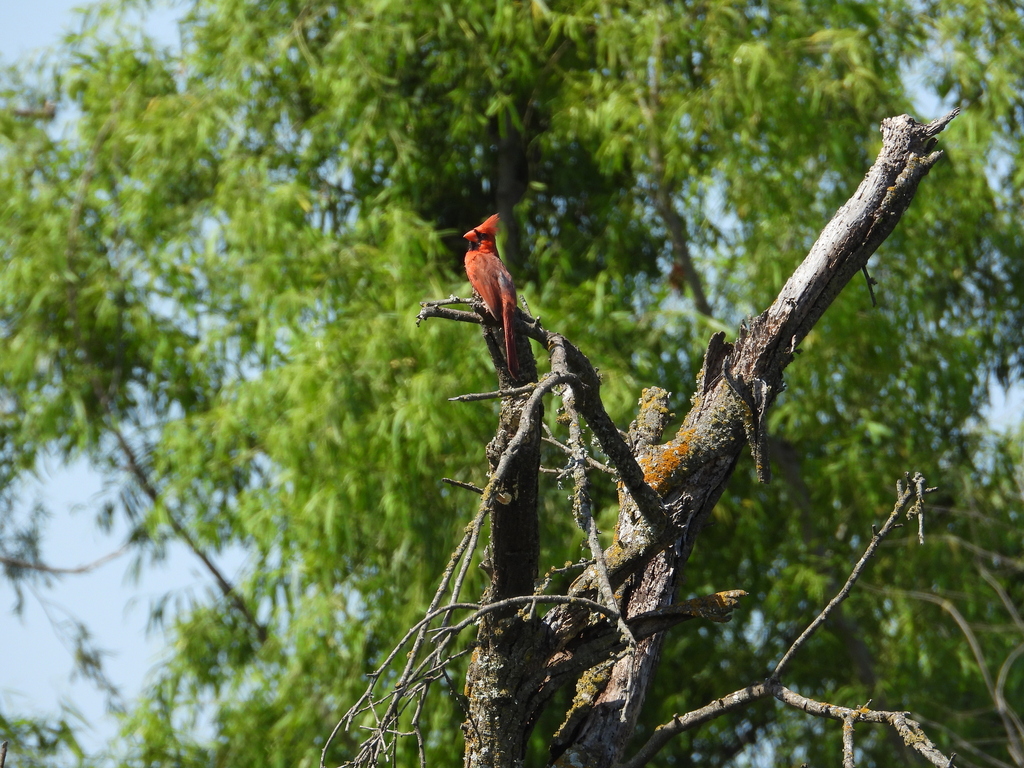







Comments
Post a Comment